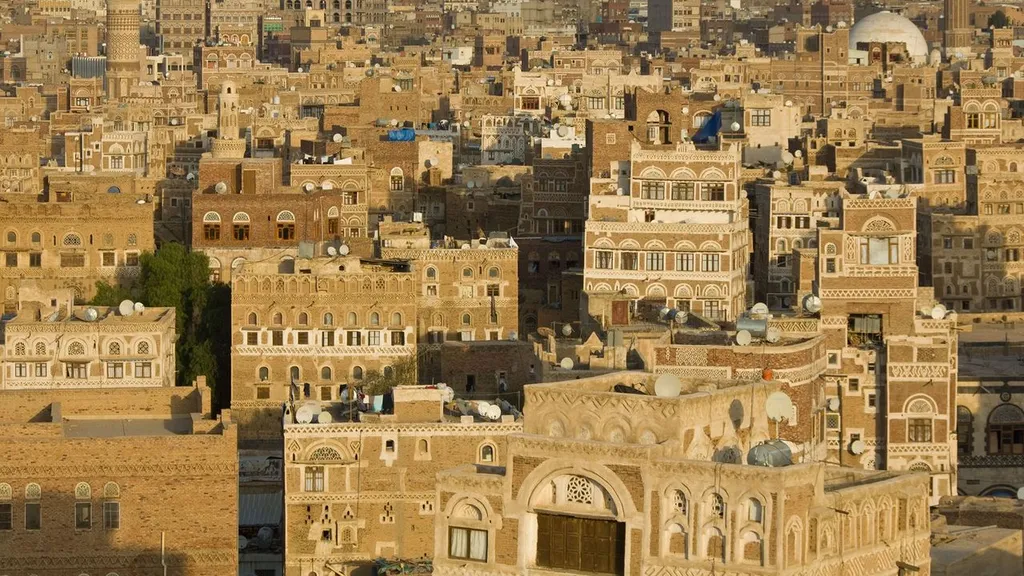In the heart of Lagos Island, where the pulse of Nigeria’s rapid urbanization is most palpable, a quiet revolution is brewing. Architects are increasingly turning their attention to an ancient, sustainable building material: mud. A recent study published in the journal *Frontiers in Built Environment* (which translates to “Frontiers in the Built Environment”) sheds light on this emerging trend and its potential to reshape Nigeria’s construction industry.
Lead author Olufunmilayo Comfort Adetoro, whose affiliation is not specified, explores the contemporary engagement with mud techniques among architects practicing in Lagos Island. The study reveals a growing awareness of mud’s ecological and cultural benefits, yet adoption remains limited due to concerns over durability, lack of technical innovation, and regulatory uncertainty.
“Mud architecture is not just about sustainability; it’s about reconnecting with our cultural heritage,” Adetoro notes. This sentiment resonates with many architects who recognize the potential of mud to reduce the environmental impact of construction. However, outdated perceptions and weak policy frameworks continue to hinder its mainstream application.
The study’s findings suggest that targeted policy interventions, professional capacity building, and curriculum reform are crucial to repositioning mud architecture as a viable, sustainable option within Nigeria’s construction sector. For the energy sector, this could mean significant reductions in energy consumption and carbon emissions associated with traditional building materials.
As Adetoro points out, “The future of construction lies in our ability to innovate while respecting our past.” This research not only highlights the potential of mud architecture but also underscores the need for a paradigm shift in the construction industry. By embracing sustainable, culturally resonant materials, Nigeria could lead the way in innovative, eco-friendly construction practices.
The study’s recommendations could have far-reaching implications for the energy sector, particularly in reducing the carbon footprint of building materials and construction processes. As the world grapples with climate change, the insights from this research offer a compelling case for rethinking our approach to construction and design.
In a world increasingly focused on sustainability, the study published in *Frontiers in Built Environment* serves as a timely reminder of the potential that lies in blending tradition with innovation. As architects and policymakers take note, the future of construction in Nigeria—and beyond—could be shaped by the humble yet powerful material: mud.

